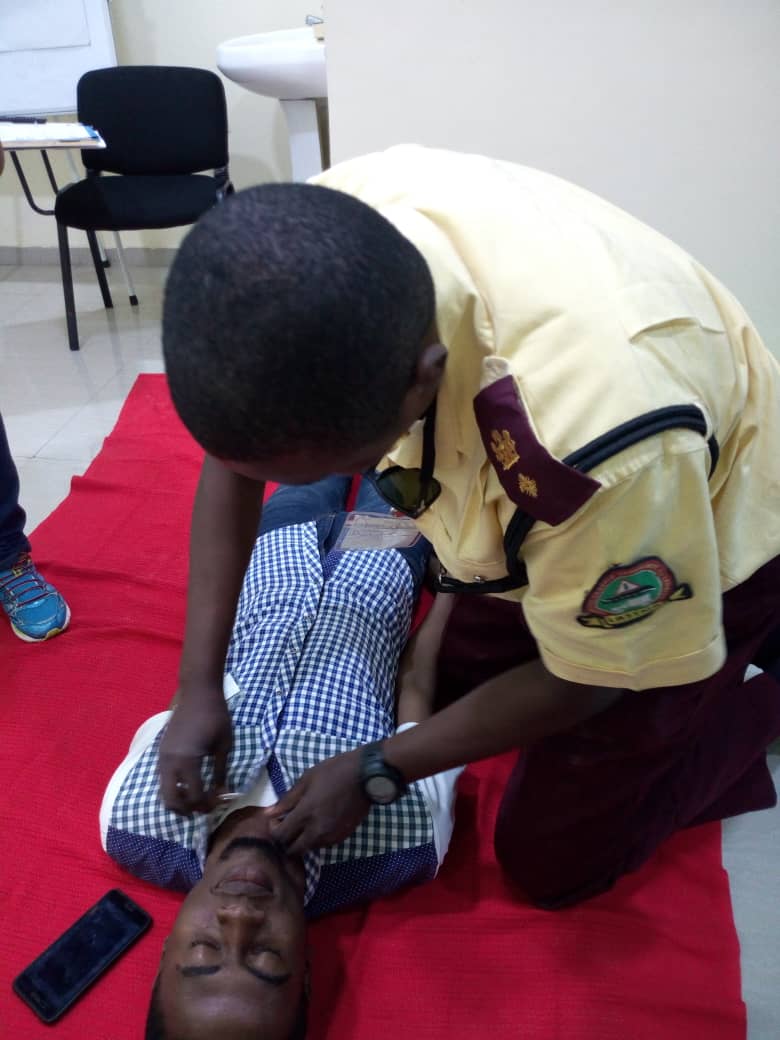
CPR means cardiopulmonary resuscitation also called controlled pressure respiration. CPR is a lifesaving medical procedure performed on someone who has a cardiac arrest/ heart attack in order to help the heart pump blood. Performing CPR to an unconscious person/cardiac arrest patient almost immediately increases the patient’s chances for survival. Learn these CPR steps now so you know what to do if someone is experiencing a life-threatening emergency.
First, if you see someone who needs CPR, you need to make sure it’s safe to approach, that the scene or environment is safe. If it is, tap the person’s shoulder and ask if they’re okay. If they don’t respond, open their airway to check if they are breathing, please do not perform CPR on a patient that is breathing normally. Then, get help. If you’re not alone, ask someone to call for help as soon as you have checked the breathe of the person, and have the person confirm the call has been made. While help is on the way, follow these CPR steps:
- Position your hand
Make sure the patient is lying on his back on a firm surface. Kneel beside him and place the heel of your hand on the center of the chest.
- Interlock fingers
Keeping your arms straight, cover the first hand with the heel of your other hand and interlock the fingers of both hands together. Keep your fingers raised so they do not touch the patient’s chest or rib cage.
- Give chest compressions
Lean forward so that your shoulders are directly over the patient’s chest and press down on the chest about two inches. Release the pressure, but not your hands, and let the chest come back up. Repeat to give 30 compressions at a rate of 100 compressions per minute.
- Open the airway
Move to the patient’s head. Tilt his head and lift his chin to open the airway again. Let his mouth fall open slightly. Pinch the nostrils closed with the hand that was on the forehead and support the patient’s chin with your other hand. Take a normal breath, put your mouth over the patient’s, and blow until you can see his chest rise.
- Watch chest fall
Remove your mouth from the patient’s and look along the chest, watching the chest fall. Repeat steps five and six once.
- Repeat chest compressions and rescue breaths
Place your hands on the chest again and repeat the cycle of 30 chest compressions, followed by two rescue breaths. Continue the cycle.
N.B: It is important that you are a certified First Responder to perform all the fore-mentioned CPR procedures having gone through the First Responders’ training. The good news is Health Emergency Initiative can help train you…

